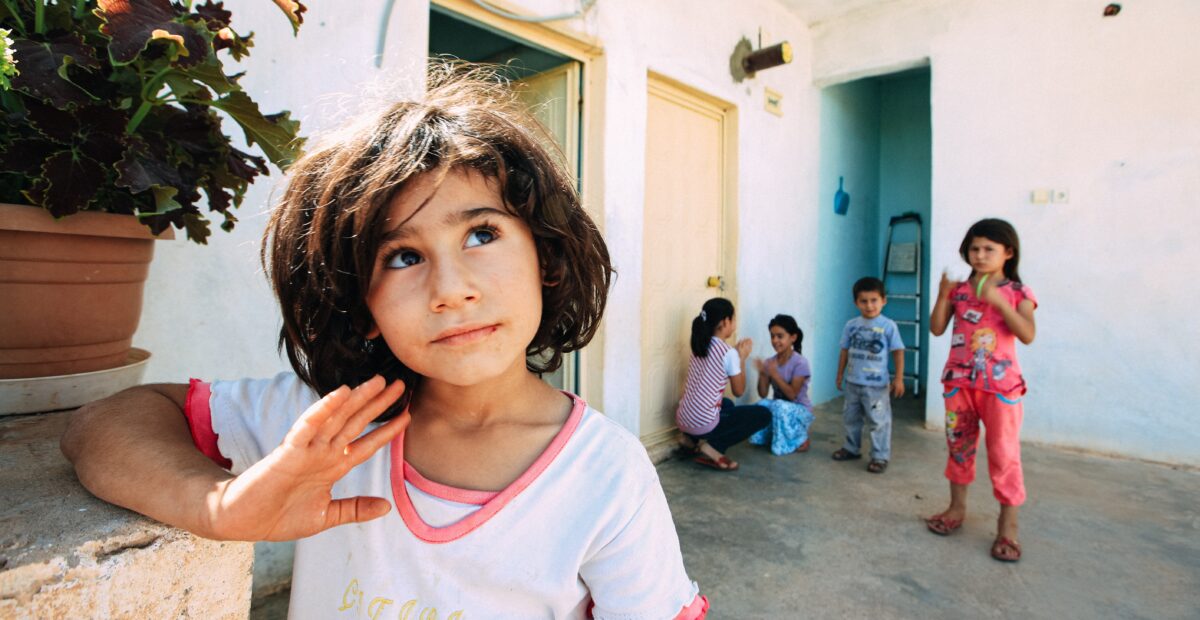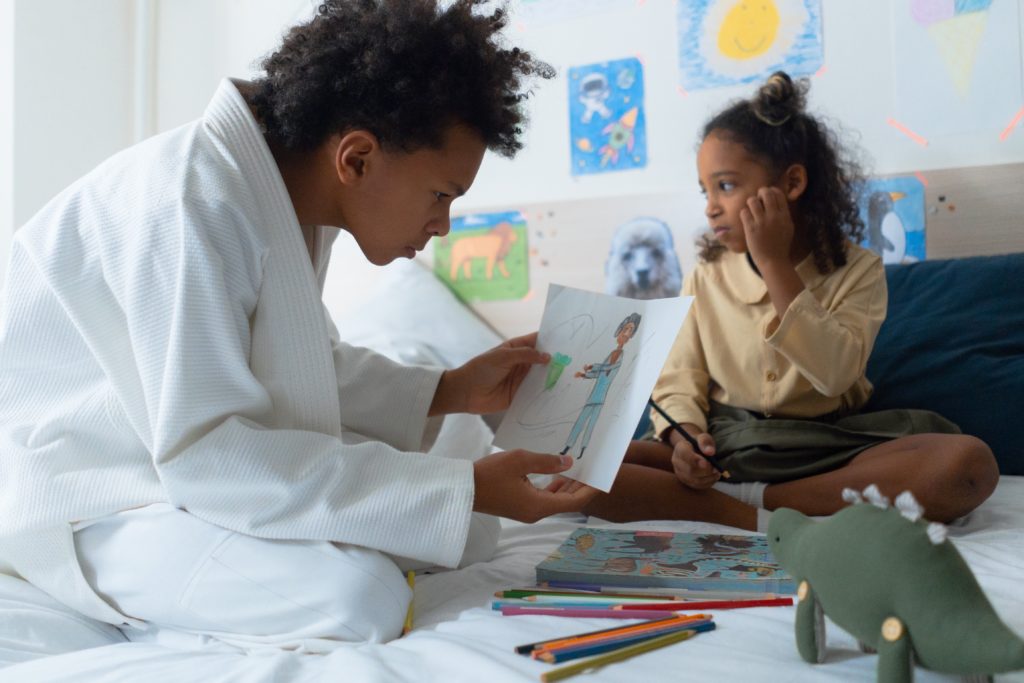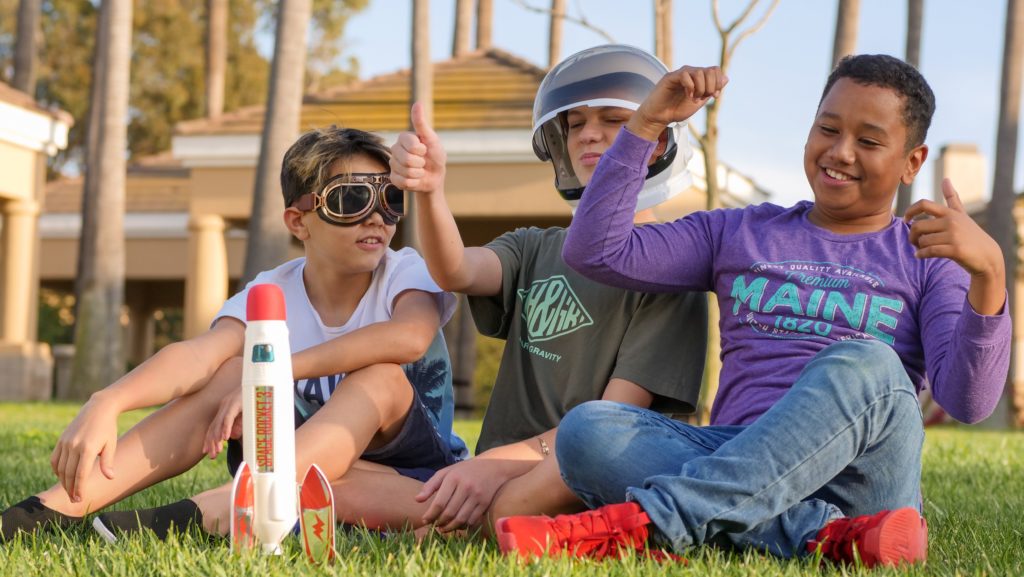How to Tell if Your Child, Toddler or Baby Has Autism

Featured image by Mehmet Turgut Kirkgoz, Pexels.com
Blog post updated on 25th July 2022.
Do you ever wonder why your child seems to be behaving differently from others or might be developing differently from their peers? If so, then they could have autism.
Read on to find out about the most common signs of autism in children.
What are the common signs of autism in babies and toddlers?

Image by Victoria Borodinova, Pexels.com
Having difficulties or differences with:
- Responding to their own name
- Avoiding eye contact
- Smiling back when you smile at them
- Talking and engaging in conversation
- Following gestures, for example, not following you such as when you point something out
- Using gestures to communicate, such as waving hello or goodbye, or pointing
- Making sounds to get attention
- Imitating your movements and facial expressions
- Noticing or expressing empathy at others’ hurt or discomfort
- Initiating or responding to cuddling
- Reaching out for you to pick them up
- Playing with other children and adults or sharing interest and enjoyment with them
- Developing language skills, such as saying “mama” or “dada”
- Using one-word sentences
- Bonding or attaching to their parent(s)
- Potty training
- Interpreting emotions in others

Image by Bess Hamiti, Pexels.com
Young children may also:
- Become extremely upset if they dislike a certain taste, smell, sound, sight, or texture.
- Use repetitive movements, such as hand-flapping, finger-flicking, or rocking.
- Not talk as much as other children do, or not talk at all.
- Repeat their own and other people’s phrases (AKA echolalia).
- Have frequent tantrums or meltdowns.
- Exhibit physically aggressive behaviour.
- Exhibit self-harming behaviour, such as head-banging or skin-picking.
- Only seem interested in one toy or object.
What are the common signs of autism in older children and teenagers (ages 5 and over)?

Image by Anna Shvets, Pexels.com
Having difficulties or differences with:
- Understanding what others are thinking or feeling.
- Saying how they feel.
- Making friends and being with others.
- Interpreting phrases such as, “break a leg”. They may take this very literally.
- Playing ‘pretend’ games, engaging in group games, imitating others, or using toys in creative ways.
- Noticing when others talk to them.
- Sharing interests or achievements with others (such as drawings or toys).
- Using eye contact.
- Making physical contact.
- Taking turns in conversations.
- Following instructions with more than one or two steps.
- Reading non-verbal cues, such as body language.
- Using gestures to express themselves.

Image by Julia M Cameron, Pexels.com
Older children and teenagers may also:
- Like a strict daily routine and become upset if it changes.
- Have a very keen interest in certain subjects or activities.
- Appear to be disinterested in other people.
- Prefer not to be touched or cuddled.
- Have unusual sleeping patterns.
- Engage in repetitive behaviour, like younger children do.
- Use formal language instead of slang terms that their peers may use.
- Place great importance on rules.
- Develop strong preferences for certain foods, clothes, or objects.
- Have an unusual tone of voice or speech pattern.
Do girls and boys have different autistic symptoms?

Image by cottonbro studio, Pexels.com
Although autism is more commonly diagnosed in boys, girls and boys can have different autistic symptoms. These may either be due to biological differences or because of how society raises boys and girls differently.
What are the signs of autism in girls?

Image by Misha Voguel, Pexels.com
Girls with autism:
- Can appear to be passive, withdrawn, dependent on others, uninvolved, or depressed.
- May cope with social situations better than boys do, perhaps because of how they are raised.
- Can be more likely to respond to non-verbal communication than boys can.
- May be more focused and less prone to distraction than boys.
- Tend to suffer from anxiety more often than boys do.
- Tend to have interests in subjects such as pop stars, books, animals, and TV.
- May find alternative groups of friends to those they had in childhood as they enter adolescence
What are the signs of autism in boys?

Image by Kindel Media, Pexels.com
Boys with autism:
- Can be more repetitive and have “limited areas of play” compared to girls.
- Can have social communication issues that become very challenging early on in their lives, whereas girls are more likely to experience these challenges in adolescence.
- May behave in a more disruptive manner to gain objects, whereas girls may behave in this manner to get attention according to the Kennedy Krieger report.
- Tend to be more aggressive than girls with autism.
- Tend to have interests in schedules, statistics, transportation, and technology.
What should you do if you suspect your child has autism?

Image by Pavel Danilyuk, Pexels.com
If you think your child is displaying symptoms of autism, speak with your GP in the first instance. Your GP will be able to offer expert support and refer your child for an autism assessment.
It could be a good idea to note down which traits of autism your child is showing, so that you can then discuss this with your doctor.
Should you tell friends and family if your child is on the autism spectrum ?

Image by Tim Mossholder, Pexels.com
Whether you decide to share your child’s autism diagnosis with family and friends is entirely up to you. You may feel that telling people would help them to better understand your child.
If you do decide to share the news, start by explaining the basics of what autism means for your child. For example, you could explain that your child struggles to be in social situations or to change routine. It’s also worth explaining that autism is a spectrum condition, meaning that no two people experience autism the exact same way.
How can you support a child on the autism spectrum?

Image by Anete Lusina, Pexels.com
There are many ways to support your child and help them to feel confident in their day-to-day lives. Some examples include:
- Sticking to a schedule
- Creating a safe space where your child can relax
- Keeping conversations simple and literal
- Working with your child to find their strengths
- Showing your child affection and love
- Reaching out to support groups for additional help
Autism in Babies and Young Children Webinar
Nat Hawley, our Head of Community, has hosted a webinar about the signs of autism in babies and young children. This webinar is not intended to diagnose autism in babies and young children. Only a medical professional can make a diagnosis.
Check out our autism pages:
What jobs are good for people with autism?




